Research by the Gesell Institute of Human Development has long reported that a child’s development is characterized by stages of equilibrium and disequilibrium. I came across this research when we entered those daunting “terrible twos” and found it to be so comforting that there actually is an explanation for the challenges we were encountering. I had recently forgotten about these stages of equilibrium and disequilibrium until my dear friend reminded me of them and how it persists throughout the teen years. Talk about a roller coaster! Just when things seem to be going more smoothly, we take a turn and are faced with a new repertoire of responses and emotions to things that once seemed pretty even-keeled. Recognizing these stages of development and how they relate to equilibrium and disequilibrium can be so helpful when you are wondering, “why is my child suddenly acting this way?!” Remembering that all behavior is communication and then keeping in mind that developmentally, they could be in a stage of disequilibrium, can help you as a parent or caregiver breathe a sigh of relief that, “this too shall pass.”
These stages typically fluctuate every 6 months until a child reaches the age of 7 and then they change more slowly at a yearly rate. These stages correlate with Piaget’s theories of the stages of child development. As a child begins to understand and make sense of the world, new experiences and information can be assimilated more readily. The most beneficial way to make sense of the stages of equilibrium and disequilibrium is to try and understand the child’s point of view and delve into what the behavior might be communicating. Considering this aspect can then allow the parent or caregiver to be curious about the behavior.
Ask yourself, “what is my child telling me through their behavior?”
“What skill does my child need to learn to adjust to this situation in the future?”
“What else is happening for my child at this time?”- consider the environment, family dynamics, additional family stressors, transitions, life events, and of course whether this is a period of equilibrium or disequilibrium.
The most important aspect of these stages is that it does not always happen like clockwork. These stages of equilibrium and disequilibrium can occur slightly before or after the expected milestone. You might begin to see signs of disequilibrium somewhat before the 6 month mark or yearly mark. Being aware of these stages and considering that the disequilibrium that is naturally occurring could be a contributing factor to the dysregulation can be impactful in how you respond to the behavior.
Here are some of my favorite books to read up on this topic…

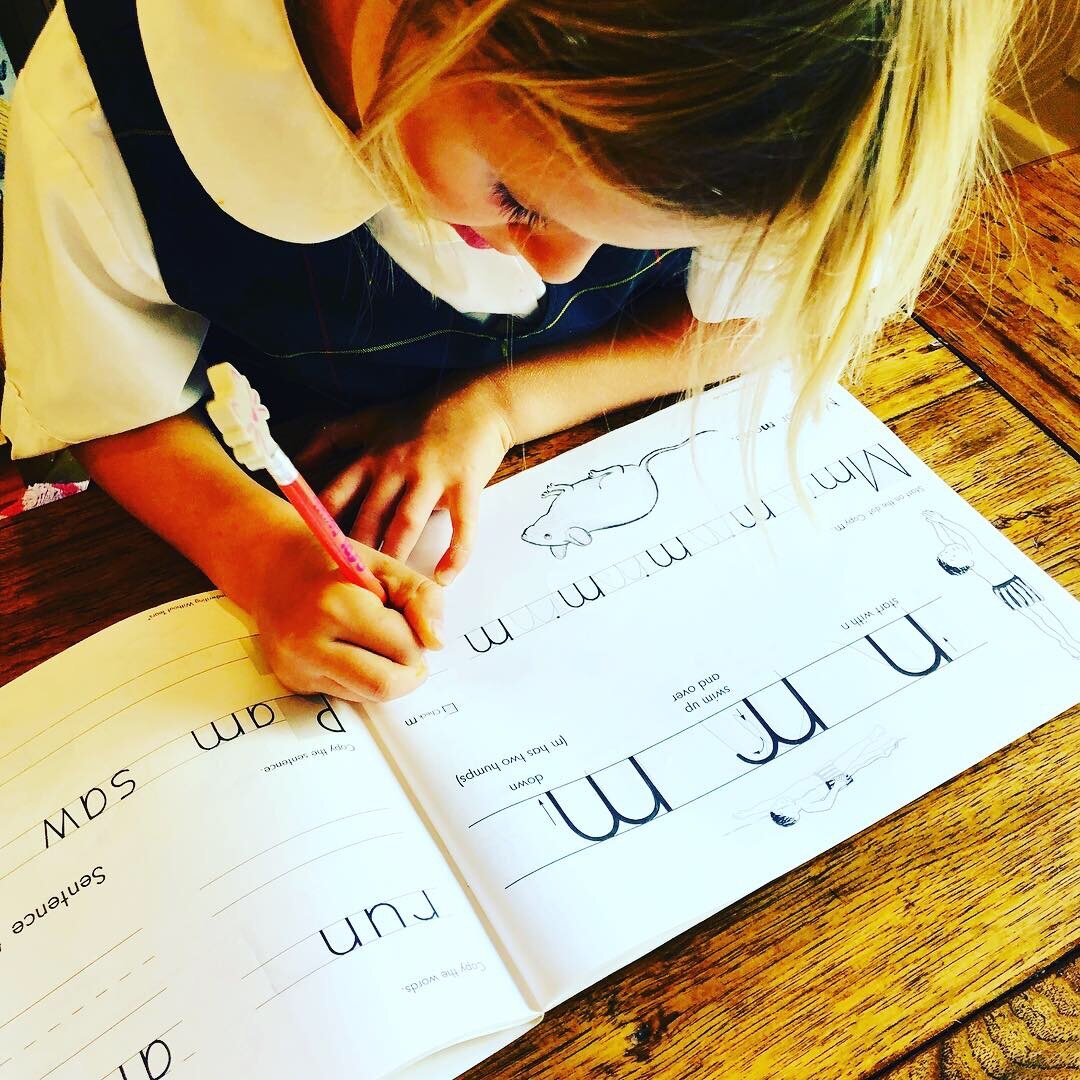












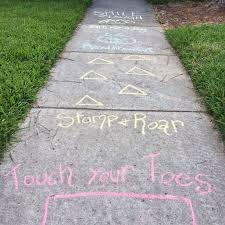






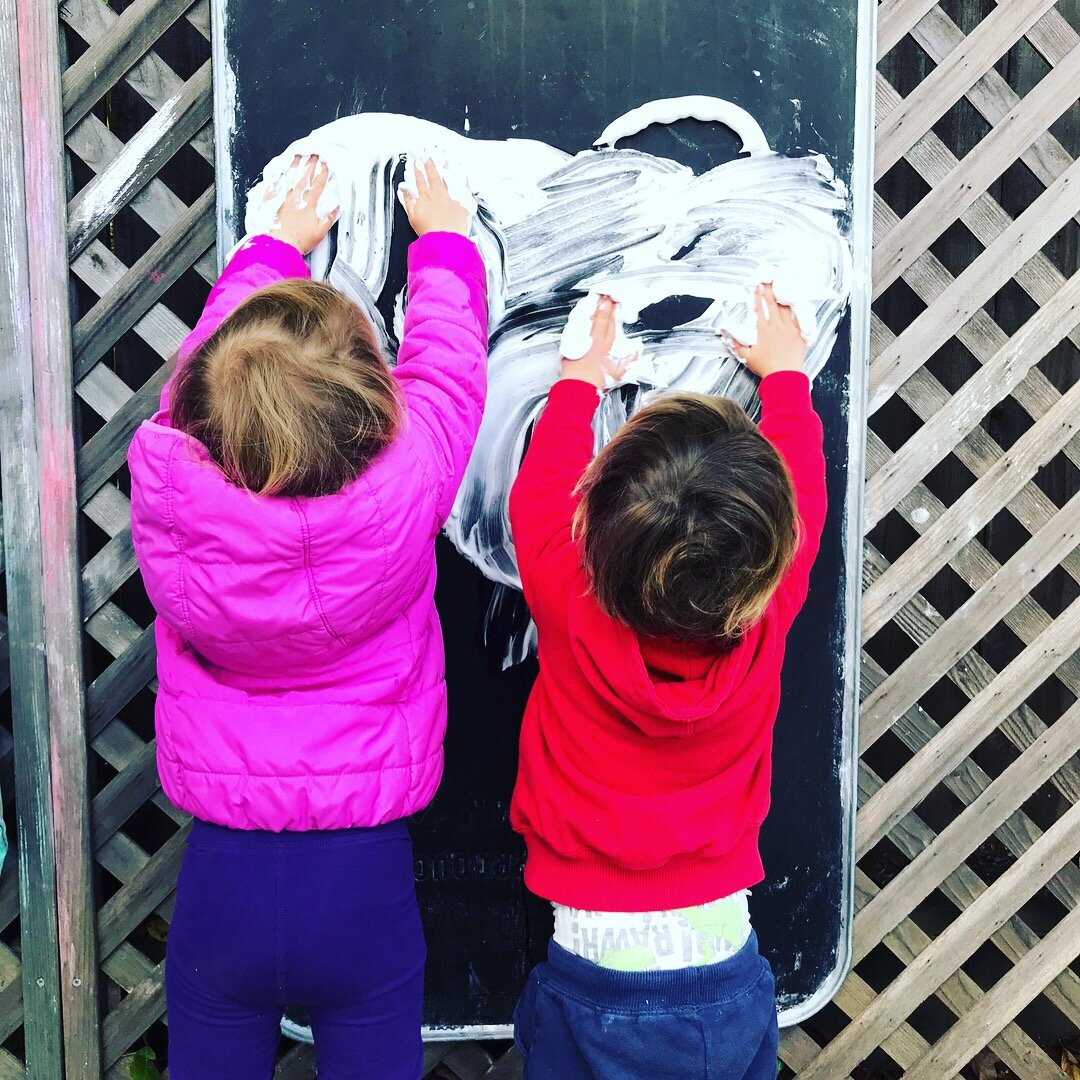




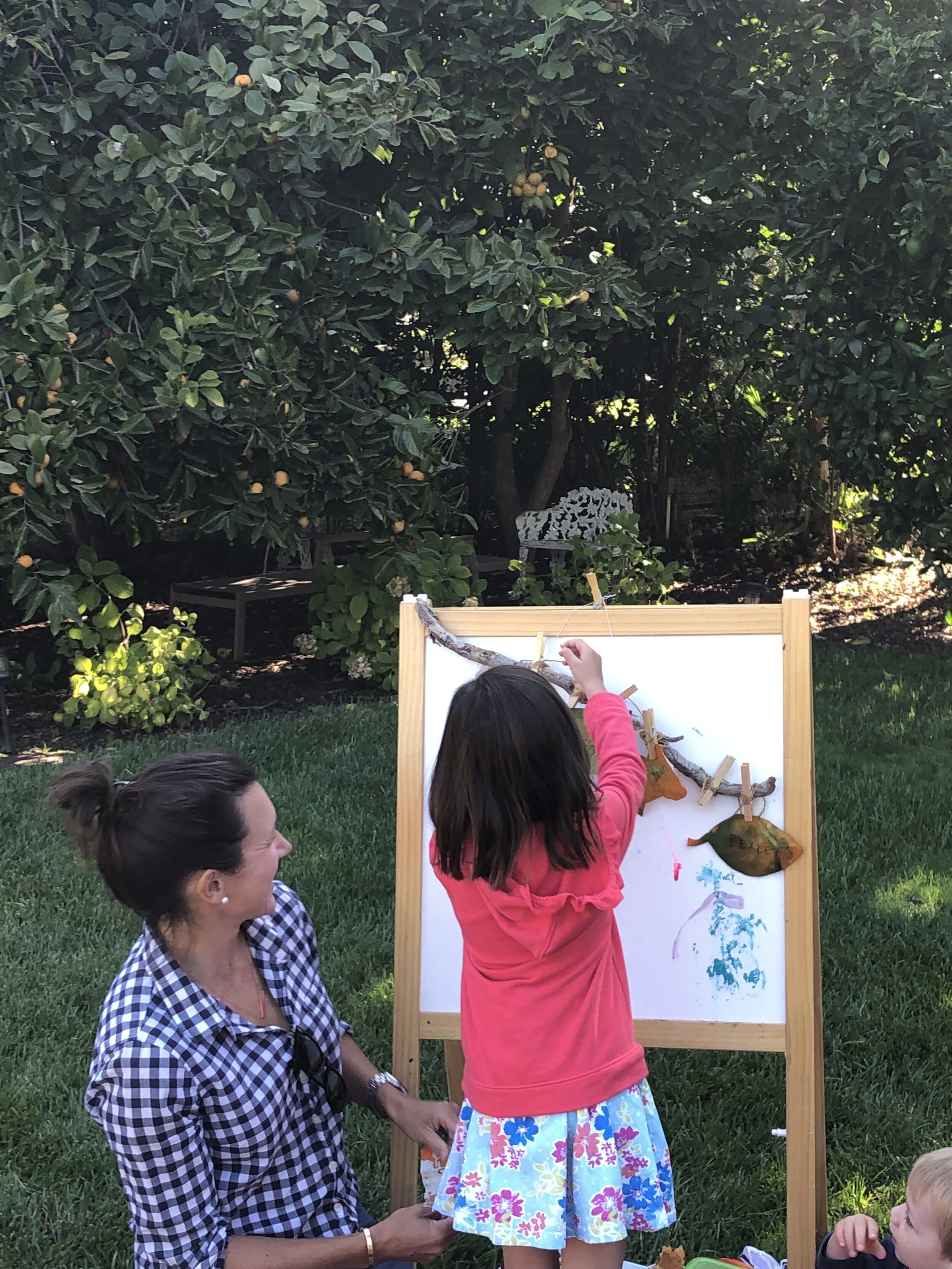











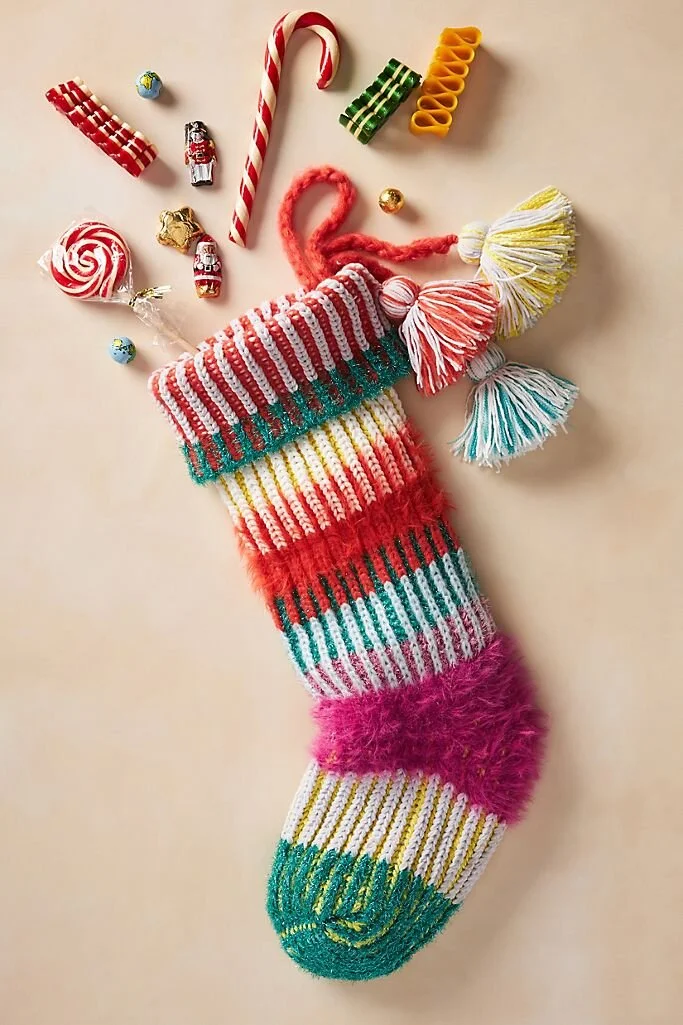
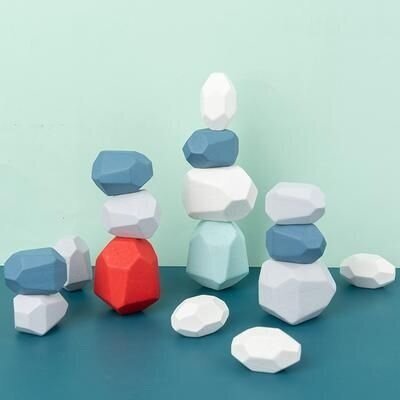
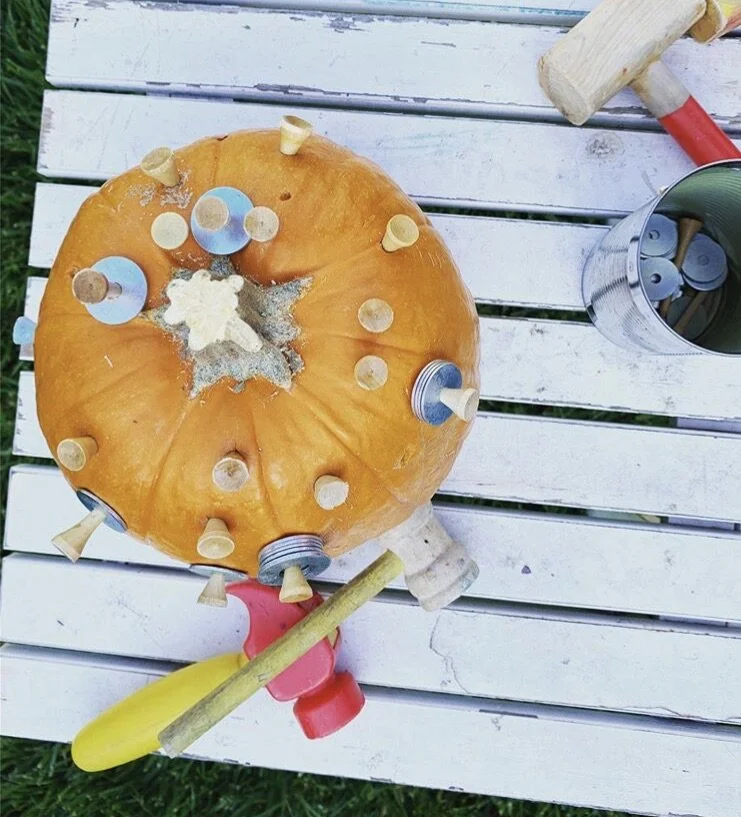






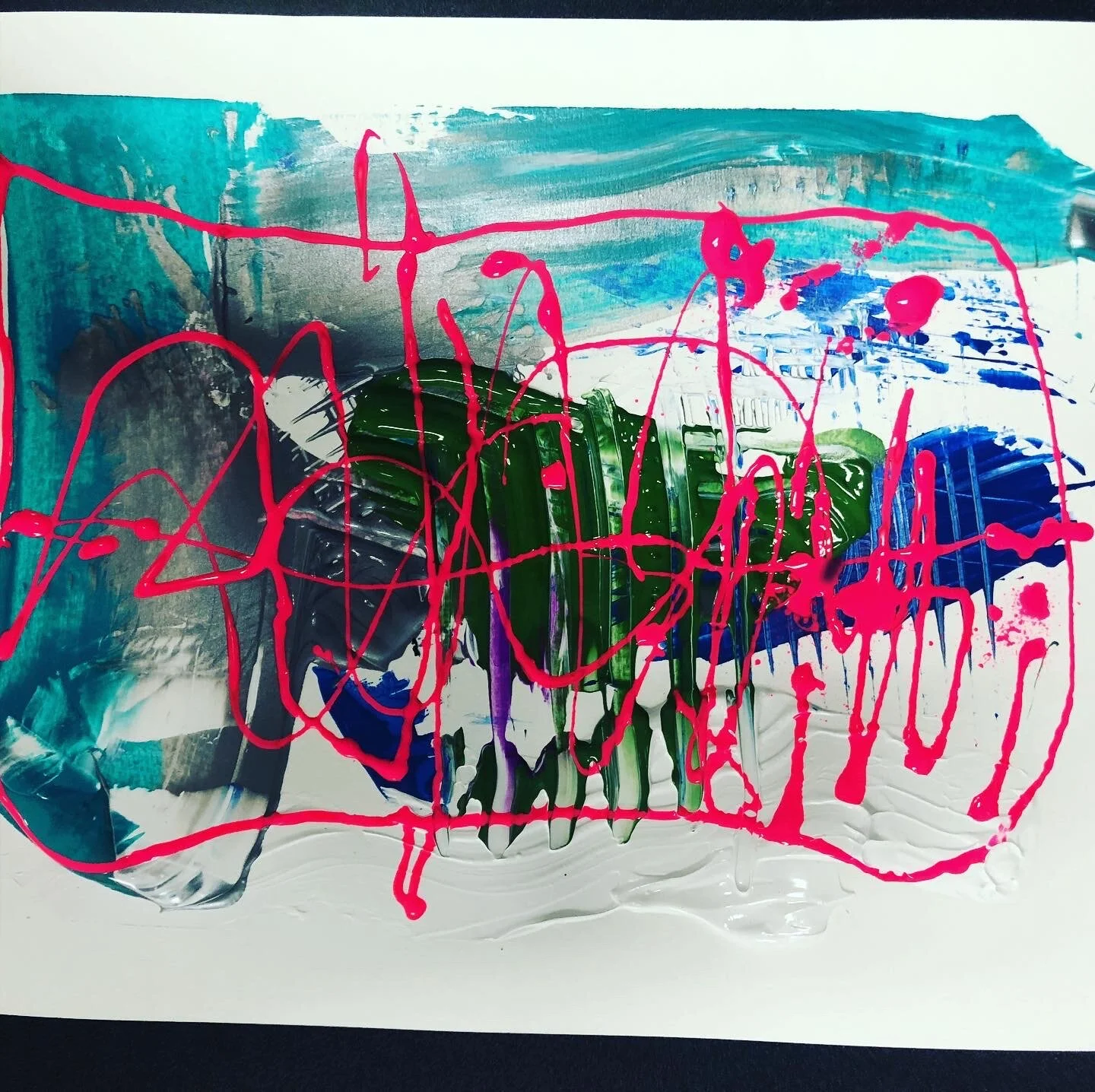
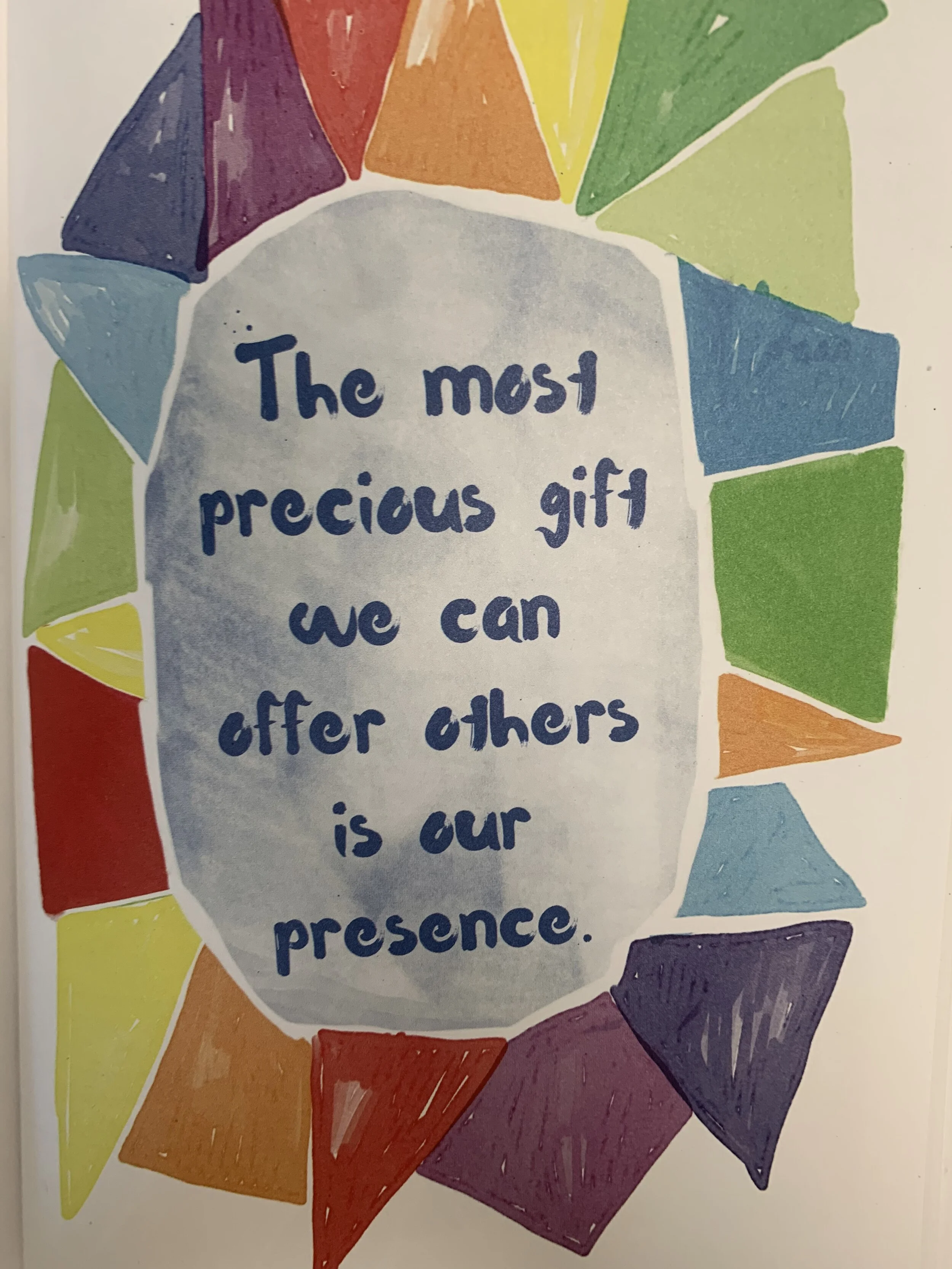


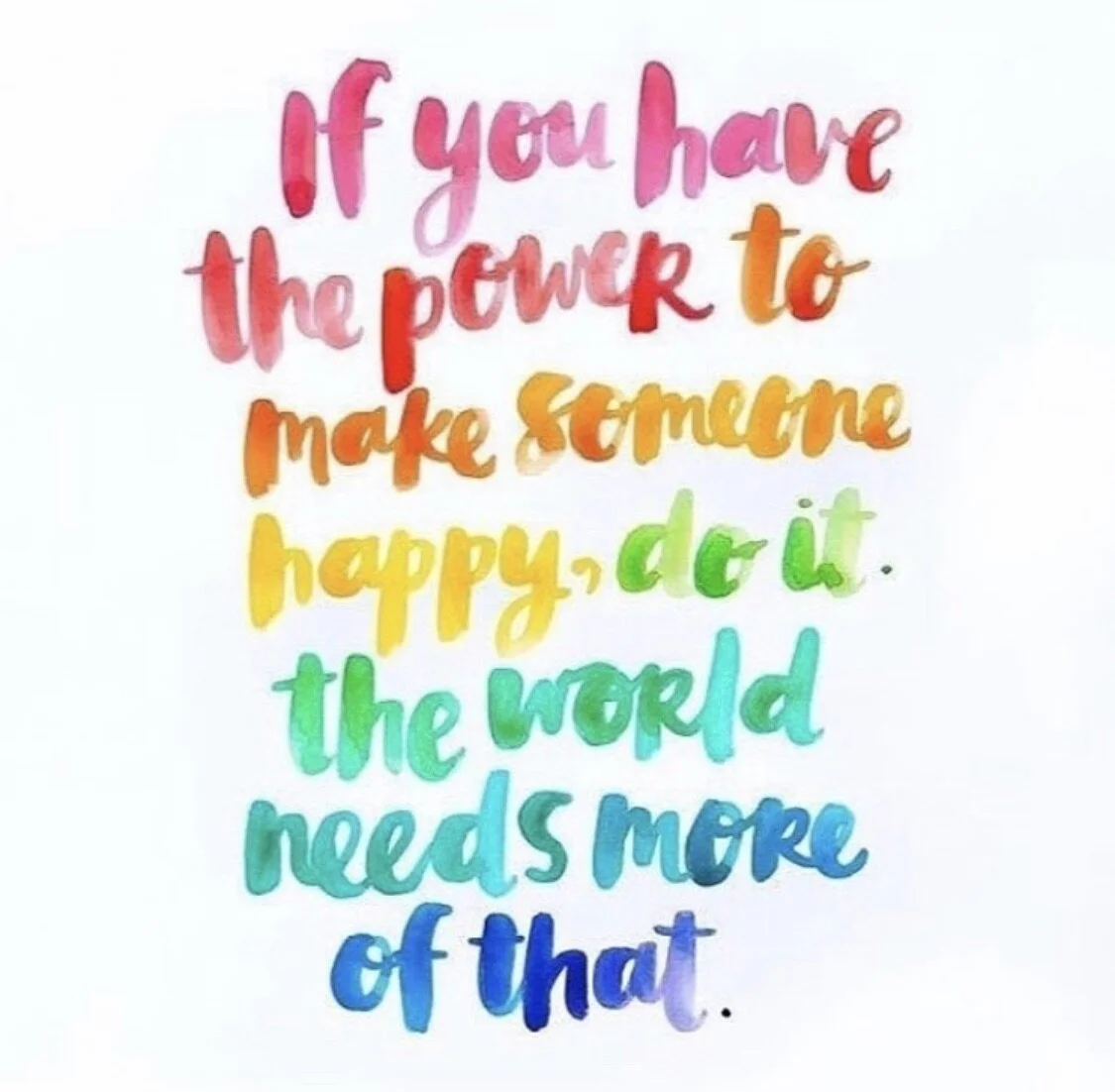



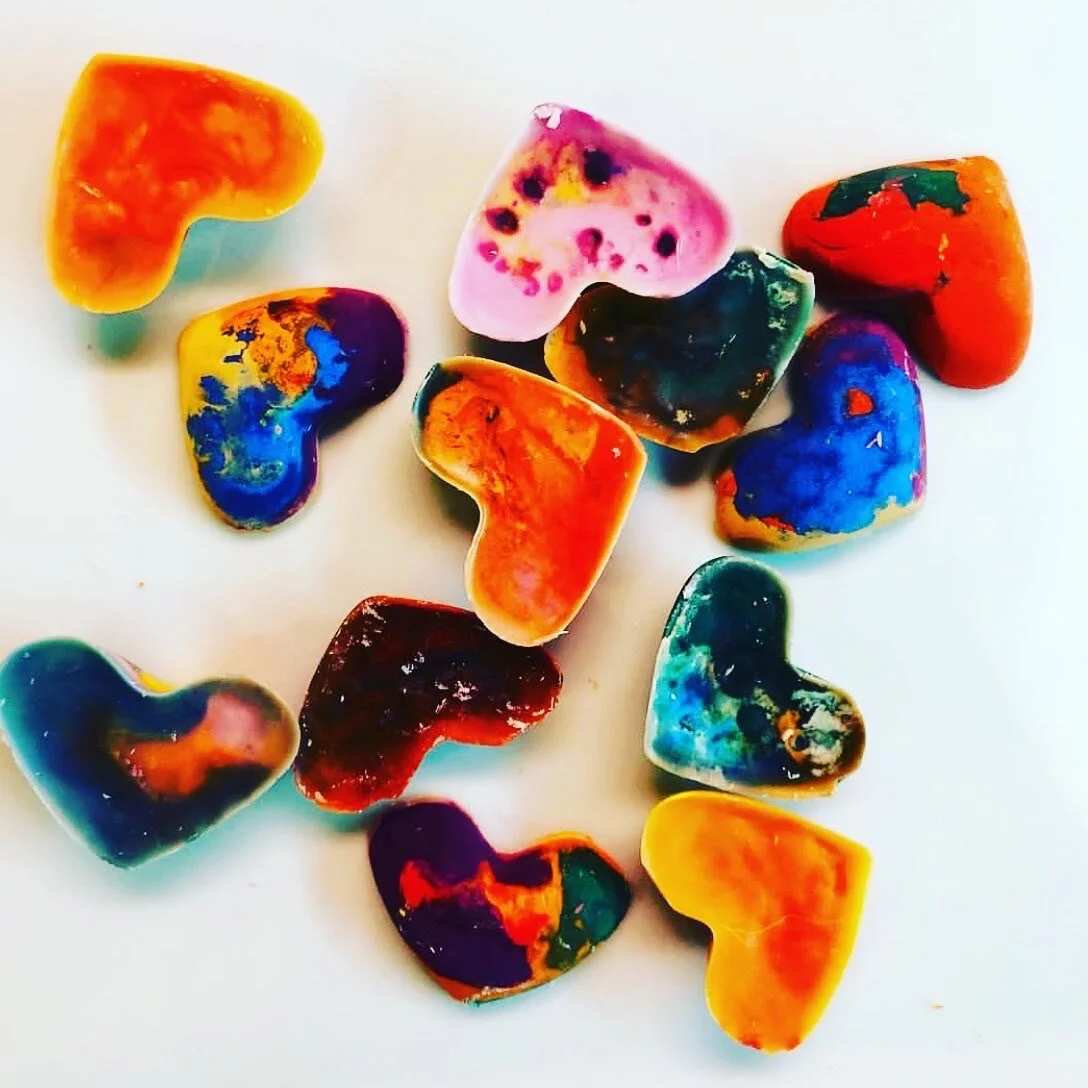
Check out some tips for helping your child with their pencil grasp.